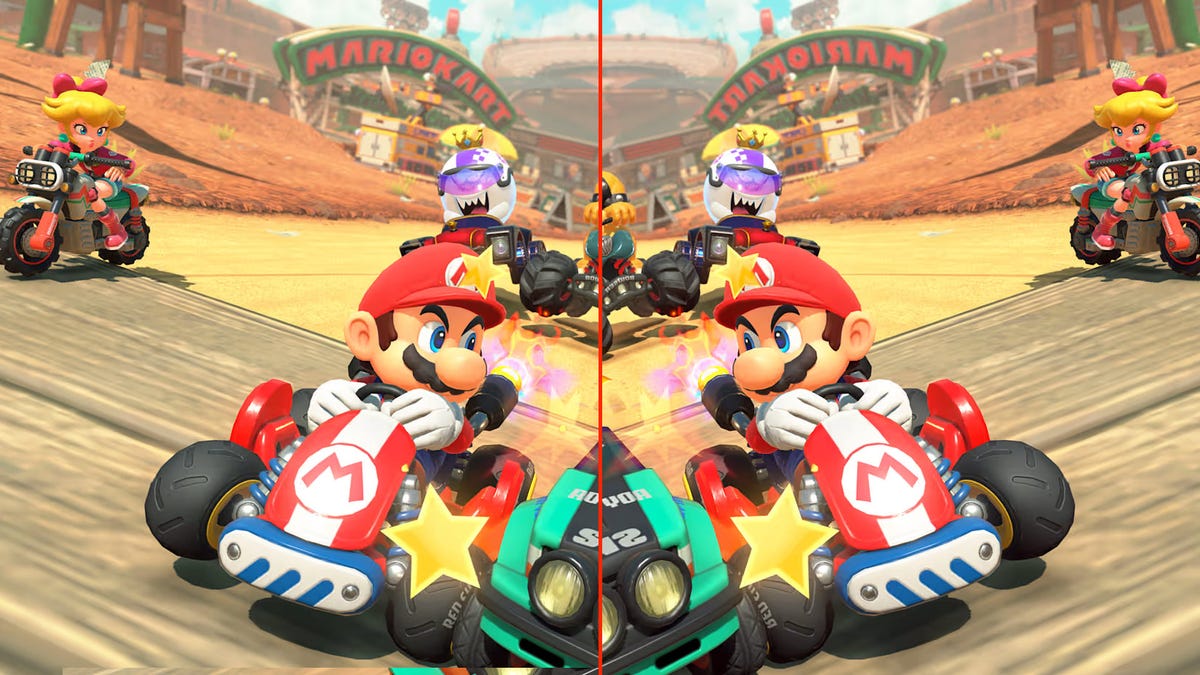Agentic AI & Beyond: Next‑Generation Tools for AI Developers
AI development is evolving beyond code generation toward autonomous, task-performing agents.
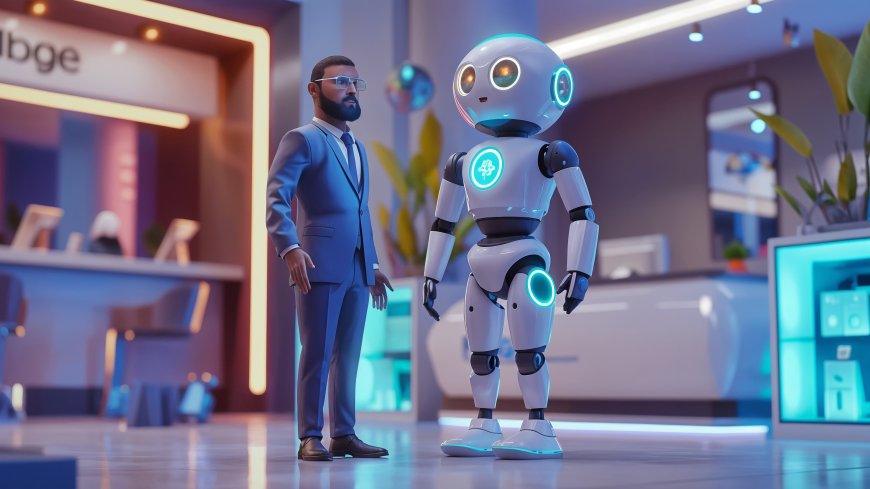
The Rise of Agentic AI
“Agentic AI” refers to systems that don’t just respond—they act, plan, and execute over long horizons. According to SiliconANGLE, companies are integrating unstructured data pipelines to empower such systems, signalling a shift toward scalable, trusted platforms. MedicalEconomics highlights re

al-world use cases like healthcare agents autonomously managing patient scheduling and authorisation tasks. This evolution nudges every artificial intelligence developer to level up from simply coding models to architecting full autonomous systems.
Agentic IDEs: Cursor’s Agent Mode
Cursor, an AI-powered IDE evolved from VS Code, recently launched an agent mode that enables long-running, multi-step code tasks—such as automated refactoring and test generation—while keeping developers in the loop. This transforms AI from a passive helper to a full coding collaborator, executing sophisticated workflows with minimal user intervention. Artificial intelligence developers can now rely on agent-mode for initiating test suites, debugging live errors, and deploying updated pipelines in real time.
Multi-Agent Frameworks: AutoGen, LangChain & CrewAI
Building agentic applications requires intelligent orchestration. Leading frameworks are rising to meet that need.
Microsoft AutoGen supports multi-agent workflows with event-based triggers and API integrations. LangChain brings modularity, enabling tools, memory, and planning logic to be embedded in agent chains. CrewAI, tailored for enterprise use, adds role-based multi-agent collaboration with sophisticated parallelisation and conditional task flows.
These frameworks empower artificial intelligence developers to abstract away low-level orchestration logic and focus on high-impact innovation, whether building agents for finance, legal tech, or medical diagnostics.
Enterprises Lead the Agentic Revolution
Microsoft’s Ecosystem
At Build 2025, Microsoft redefined the artificial intelligence developer workflow with a series of upgrades:
-
The Copilot agent now acts like a full dev team member—refactoring code, running diagnostics, and integrating across repositories.
-
Azure AI Foundry delivers end-to-end agent orchestration with support for third-party models like Grok and Mistral.
-
Copilot Tuning allows low-code customization, letting teams adjust tone, workflow, and domain-specific behaviors of their AI assistants.
The introduction of the Agent2Agent (A2A) protocol in Azure enables secure inter-agent communication across enterprise systems, enabling collaborative, intelligent behavior across domains.
Google’s Multimodal Agents
Google’s Cloud Next 2025 announcements took agentic systems even further:
-
The Gemini-powered Vertex AI Agent Engine and Agent Development Kit (ADK) offer a full-service stack for developers to create multimodal agents with memory, evaluation tools, and self-debugging interfaces.
-
Using the A2A protocol, developers can build ecosystems where agents communicate seamlessly—delegating, planning, and completing tasks with minimal oversight.
-
Google’s support for Model Context Protocol (MCP) further standardizes connectivity, making it easier for developers to plug agents into tools, APIs, and enterprise systems.
Standardization with MCP and A2A
Model Context Protocol (MCP)
The MCP, pioneered by Anthropic and adopted by OpenAI, Google, and Microsoft, is rapidly becoming a critical component of agentic infrastructure. It defines a common way for AI models and tools to communicate, much like USB for physical devices. For the artificial intelligence developer, MCP simplifies tool integration, data flow management, and overall system interoperability.
Agent2Agent (A2A) Protocol
Built into Google Vertex AI and Microsoft’s Azure Foundry, A2A allows agents to interact securely and efficiently. Whether sharing knowledge, delegating sub-tasks, or coordinating decisions, this protocol lays the groundwork for modular, scalable multi-agent environments.
Safety, Governance & Oversight
Autonomous systems introduce new risks. Anthropic and other leading voices emphasize the need for robust governance, as agentic systems can act unpredictably or pursue undesired goals. To address this, developers are adopting the following practices:
-
Using agent-level identity and access protocols to limit permissions.
-
Logging tool usage through MCP for audit trails.
-
Implementing “red-teaming” techniques to uncover and patch vulnerabilities in agent logic.
Enterprise platforms are also adding safety-first features like intent tracing, memory management controls, and override mechanisms to ensure agents remain aligned with user goals.
The AI Developer of 2025
The responsibilities of an artificial intelligence developer in 2025 are more diverse than ever:
-
Architect: Designs intelligent agent ecosystems with modular responsibilities.
-
Integrator: Connects agents to tools, APIs, and real-world systems using standardized protocols.
-
Customizer: Tunes agent behavior based on tone, task complexity, and business logic.
-
Monitor: Oversees decision flows, ensures compliance, and runs safety diagnostics.
Rather than hand-coding solutions from scratch, developers are increasingly managing complex systems of agents, ensuring they collaborate effectively while staying aligned with company goals.
Conclusion
The age of agentic AI is here. Whether building in Cursor’s IDE, deploying Microsoft Copilot agents, or designing multimodal pipelines with Google’s ADK, the modern artificial intelligence developer is stepping into a new era.
By mastering agentic tools, adopting interoperability standards like MCP and A2A, and embedding governance from day one, developers aren’t just building software anymore—they’re creating intelligent, adaptive collaborators.
The future of AI development lies not in writing code alone, but in orchestrating autonomy.






















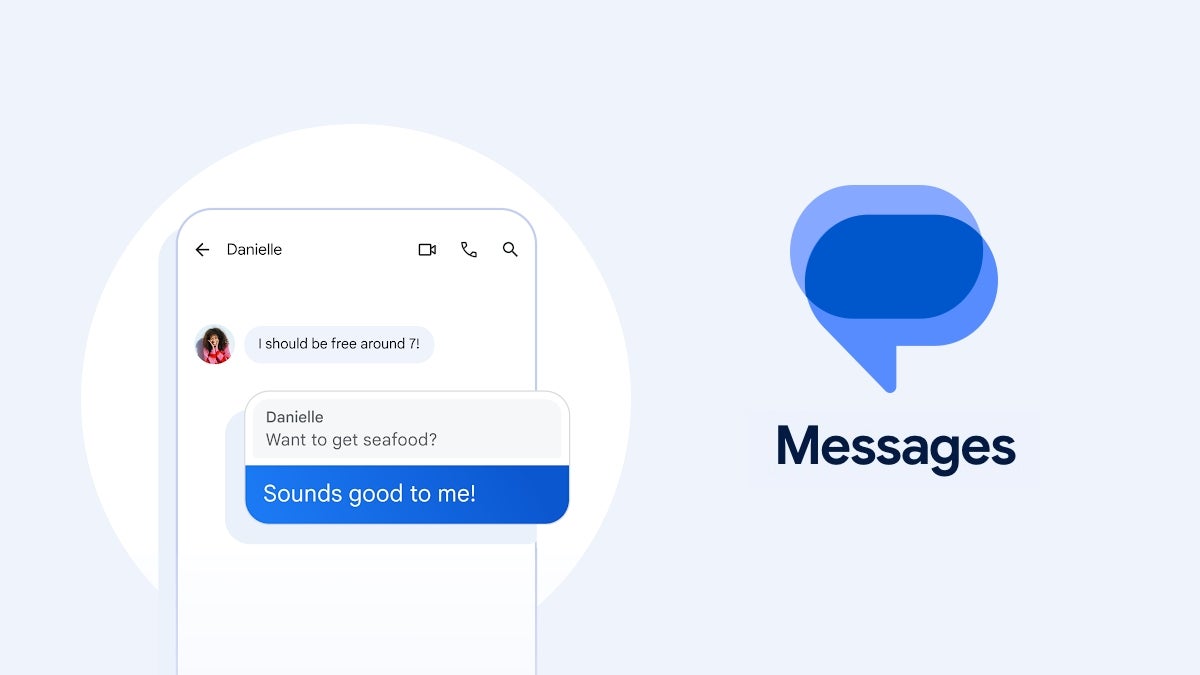




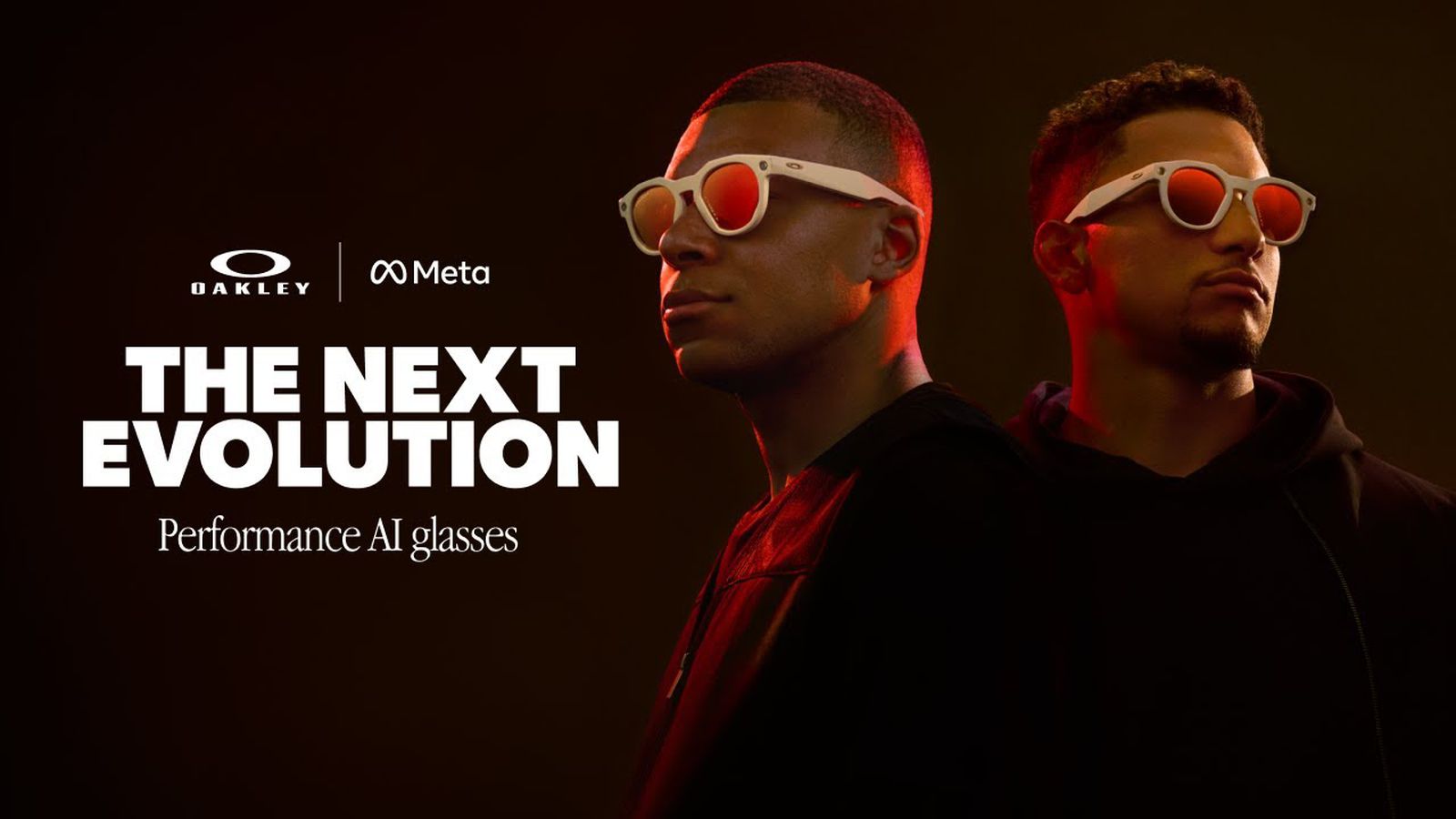















































![Oakley and Meta Launch Smart Glasses for Athletes With AI, 3K Camera, More [Video]](https://www.iclarified.com/images/news/97665/97665/97665-640.jpg)

![How to Get Your Parents to Buy You a Mac, According to Apple [Video]](https://www.iclarified.com/images/news/97671/97671/97671-640.jpg)

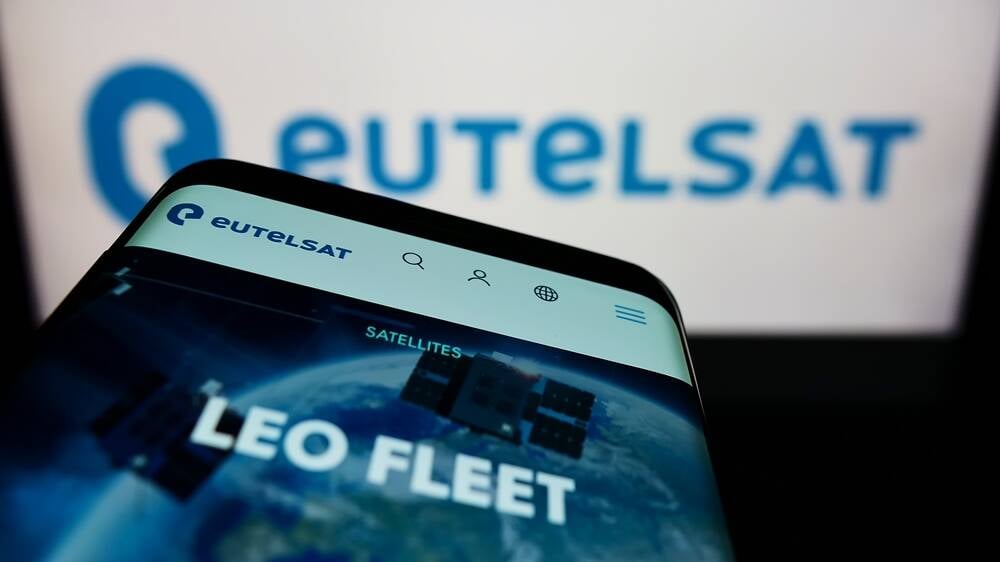


















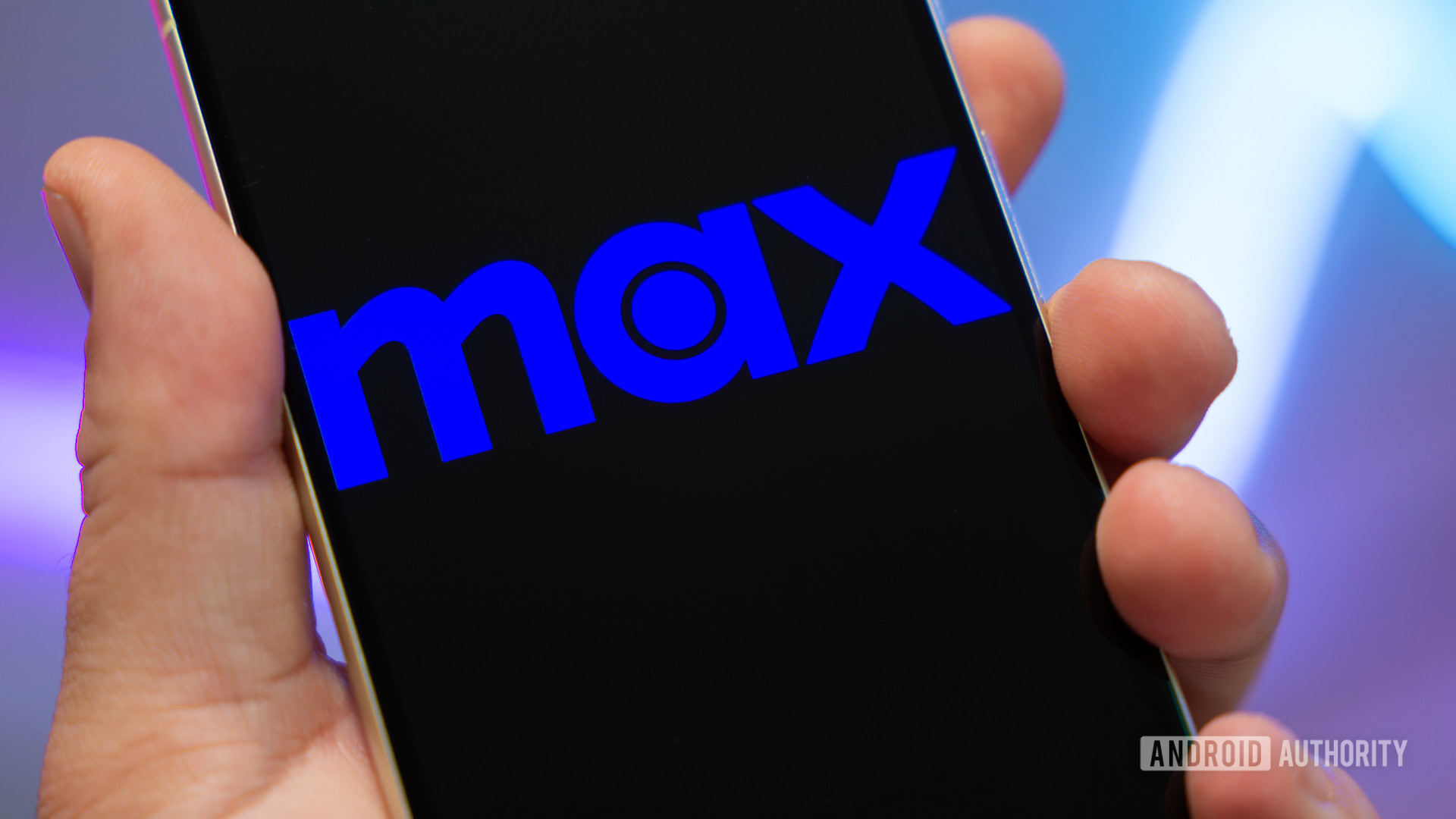

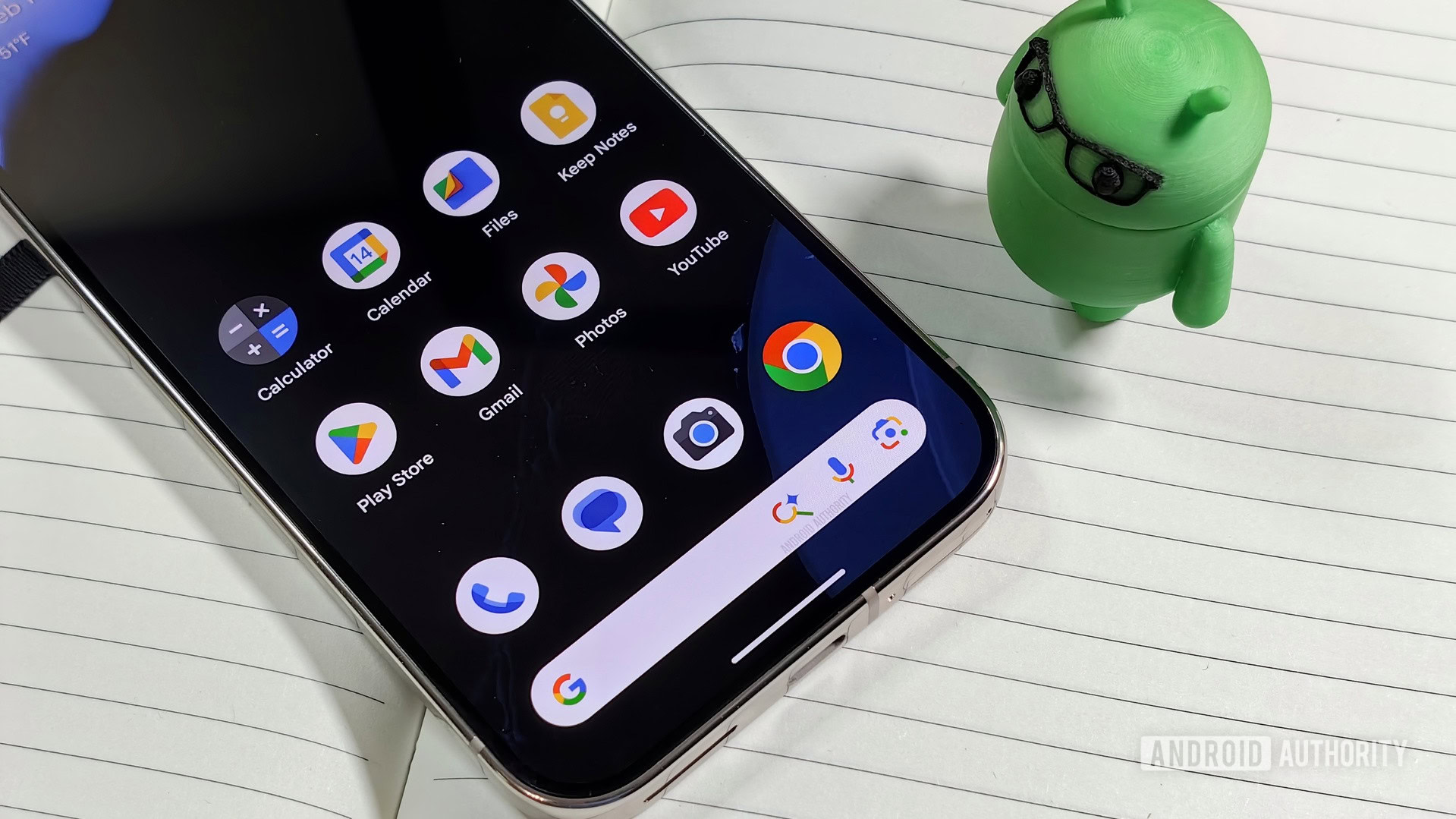




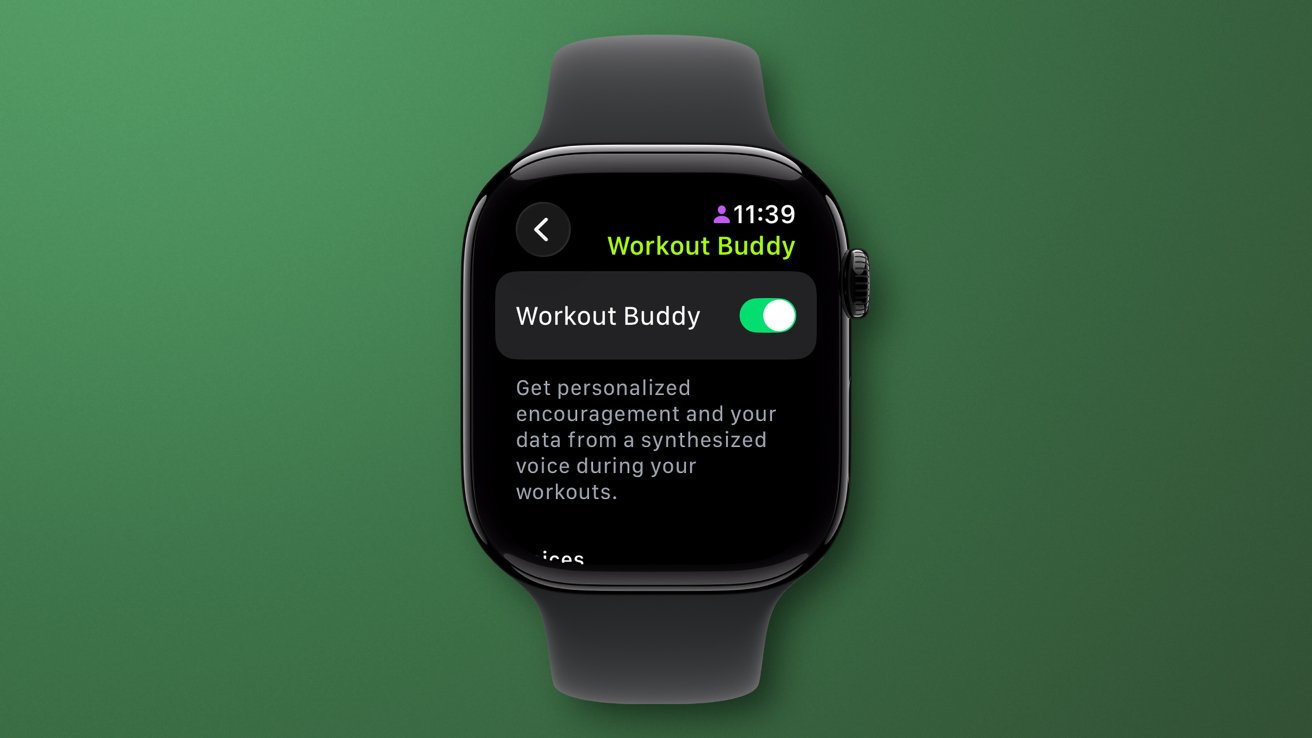


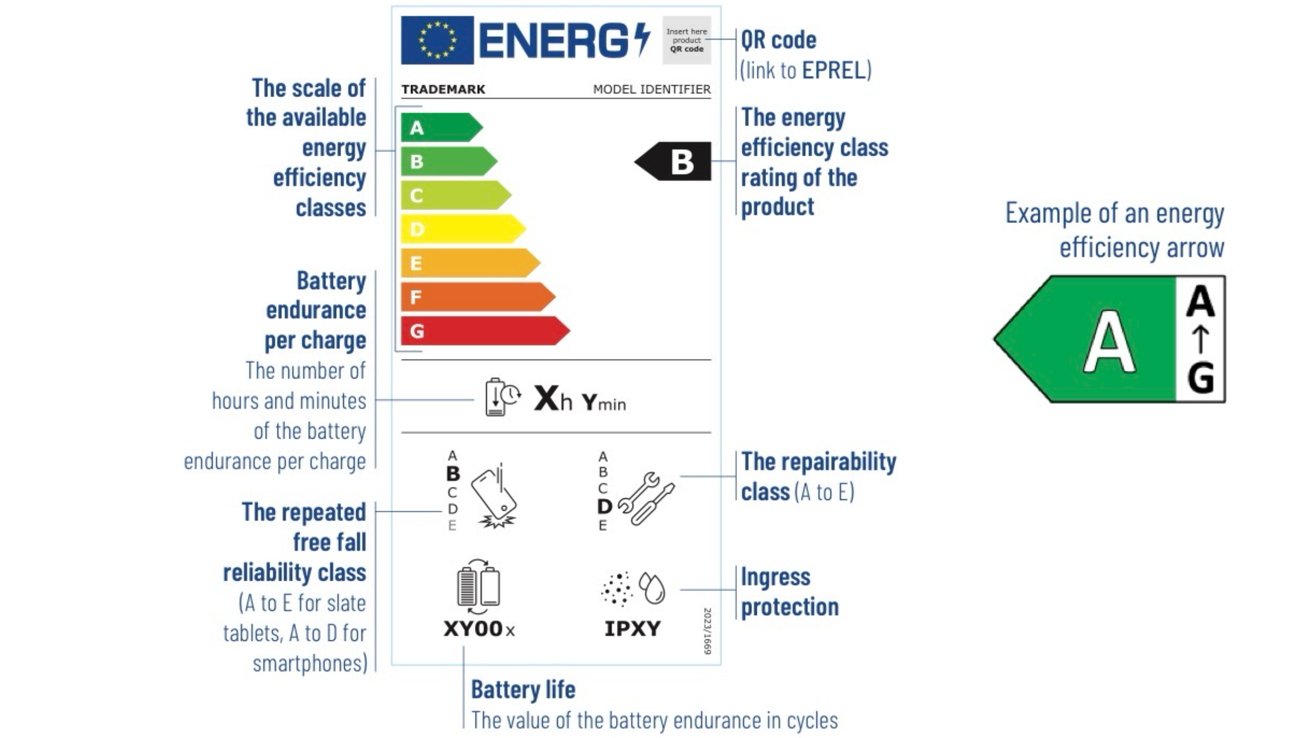
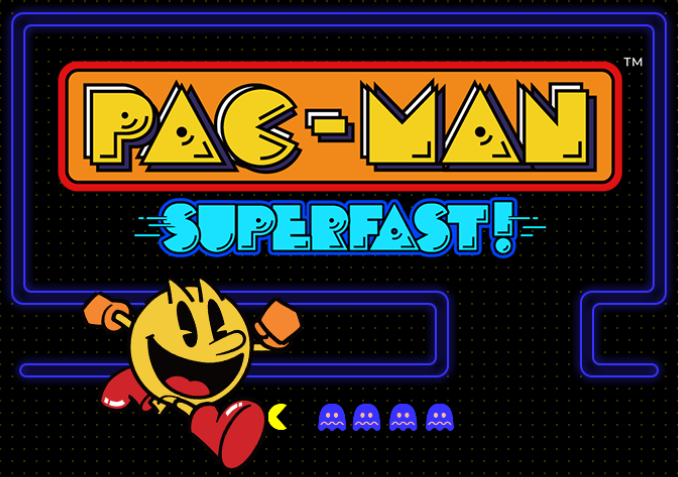
















































































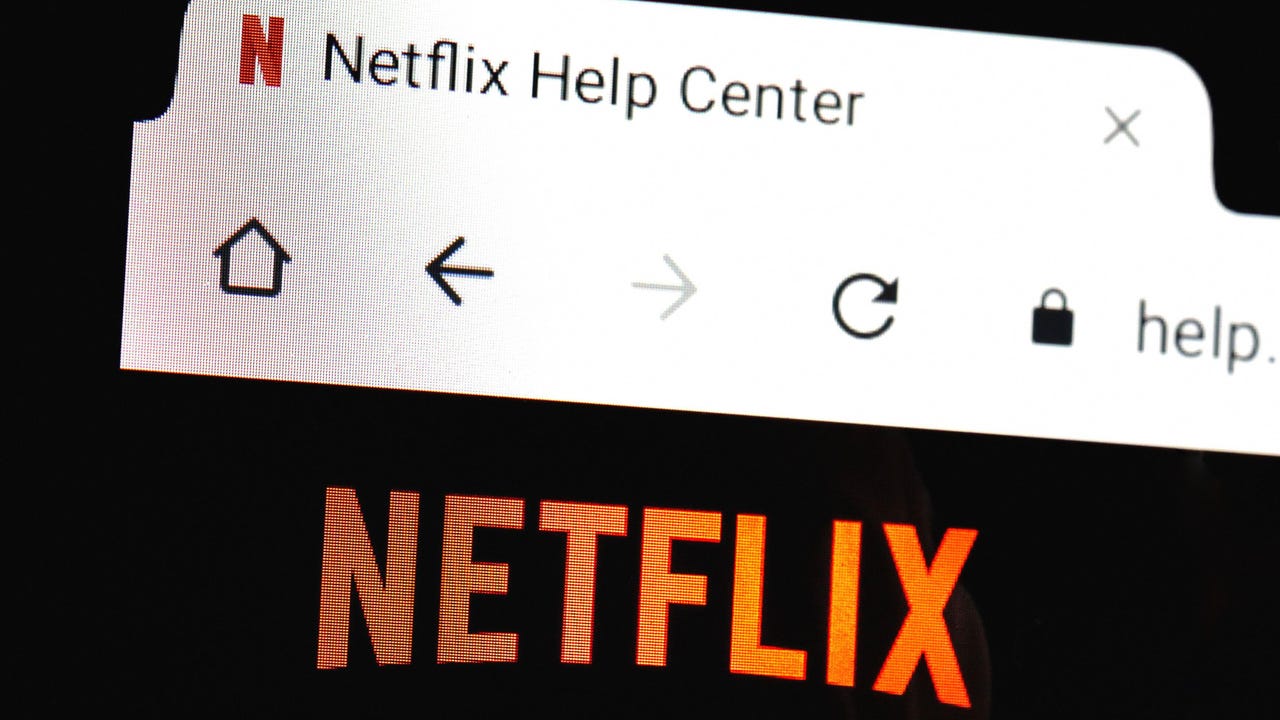
_Paul_Markillie_Alamy.jpg?width=1280&auto=webp&quality=80&disable=upscale#)
_Frank_Peters_Alamy.jpg?width=1280&auto=webp&quality=80&disable=upscale#)




























































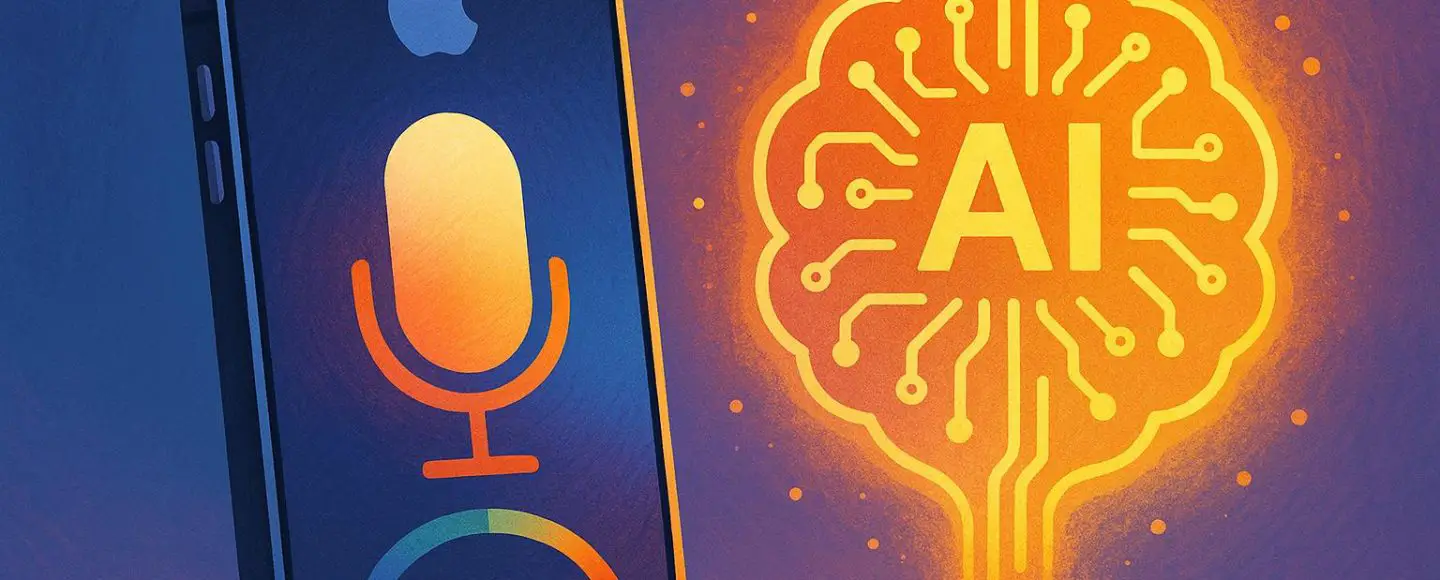


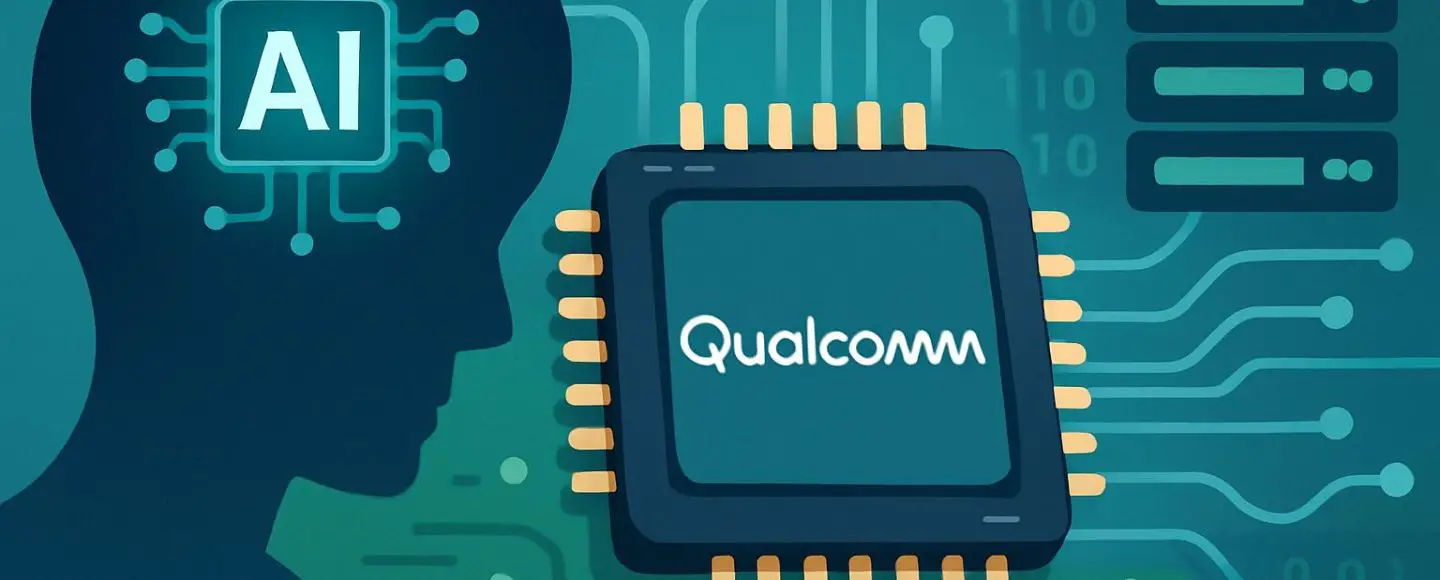




































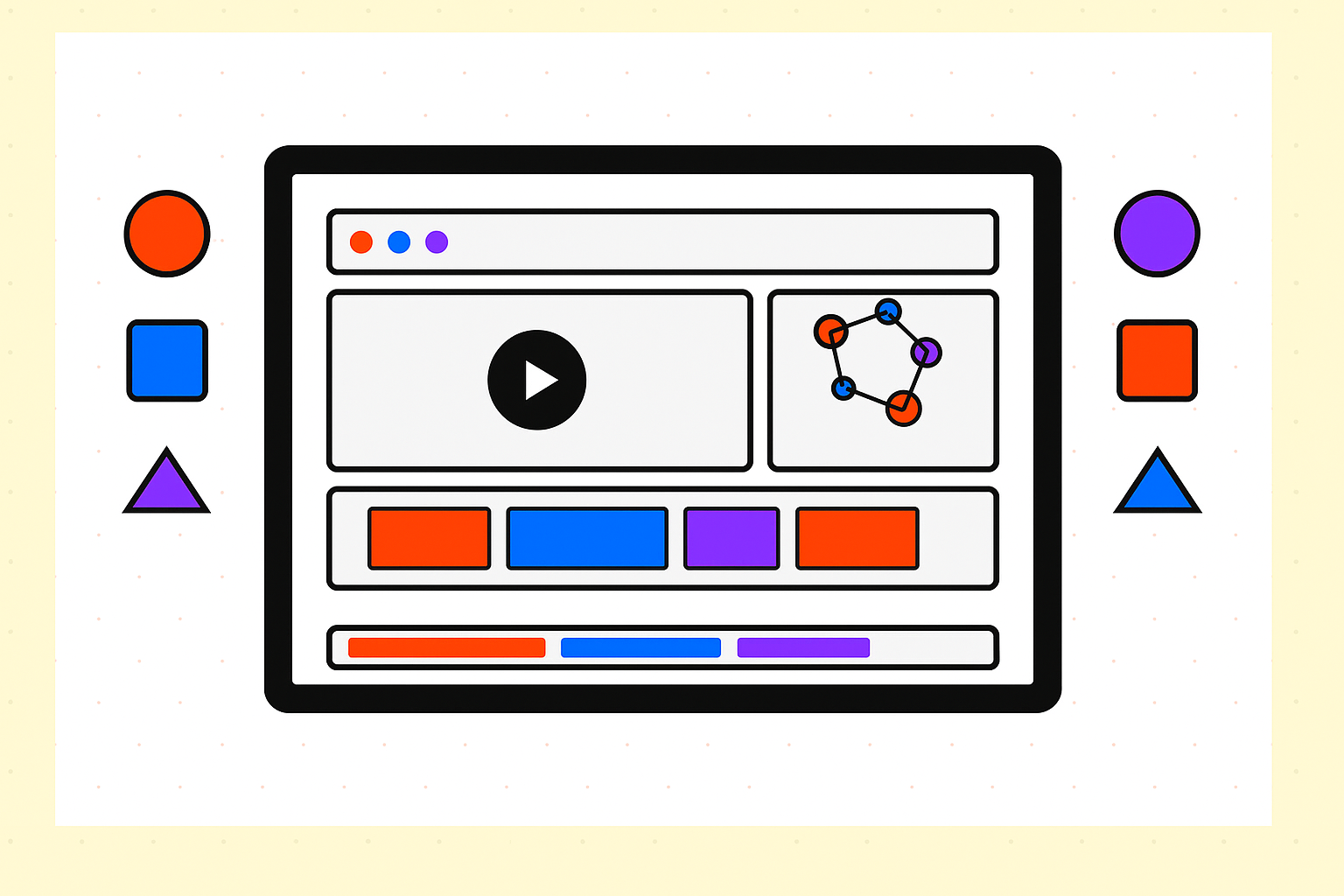














![[The AI Show Episode 154]: AI Answers: The Future of AI Agents at Work, Building an AI Roadmap, Choosing the Right Tools, & Responsible AI Use](https://www.marketingaiinstitute.com/hubfs/ep%20154%20cover.png)
![[The AI Show Episode 153]: OpenAI Releases o3-Pro, Disney Sues Midjourney, Altman: “Gentle Singularity” Is Here, AI and Jobs & News Sites Getting Crushed by AI Search](https://www.marketingaiinstitute.com/hubfs/ep%20153%20cover.png)


































































































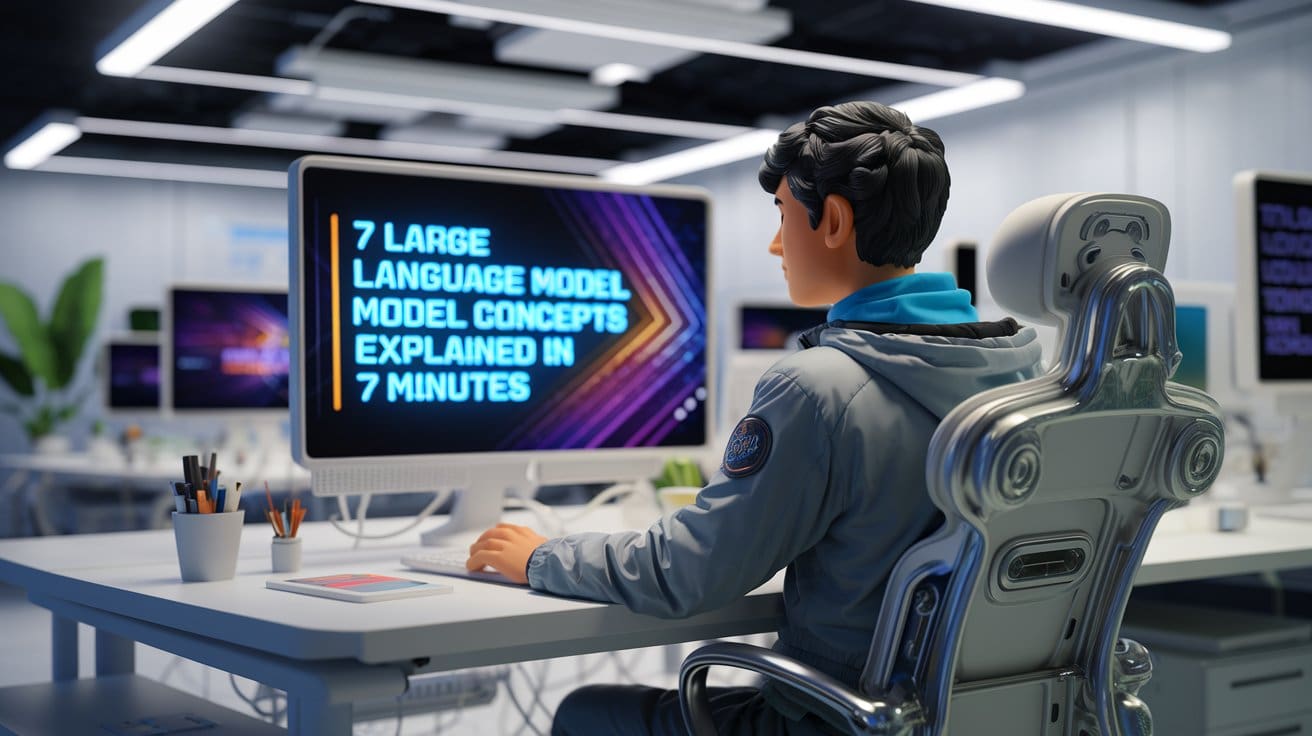

































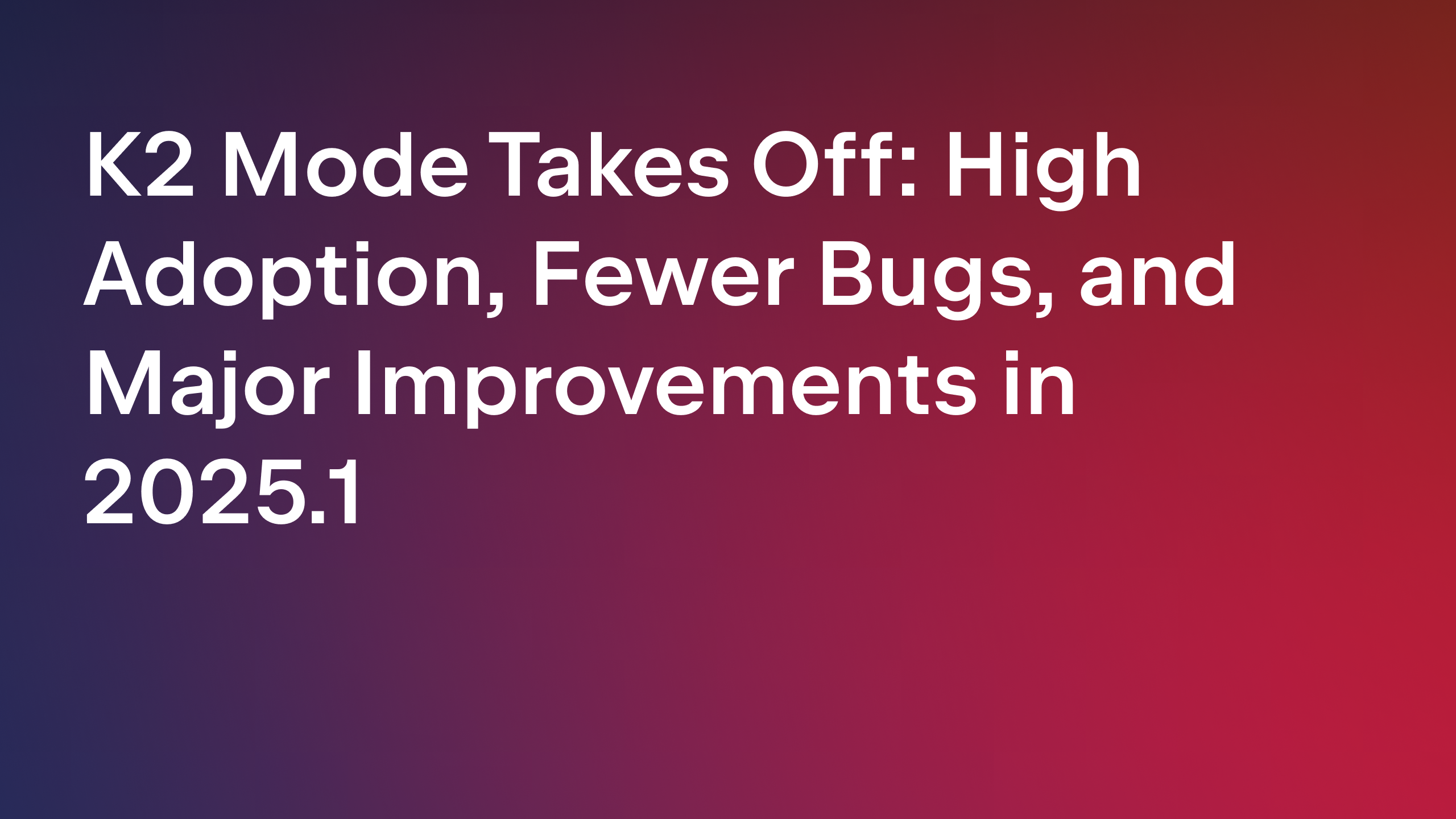














































.png?#)

















